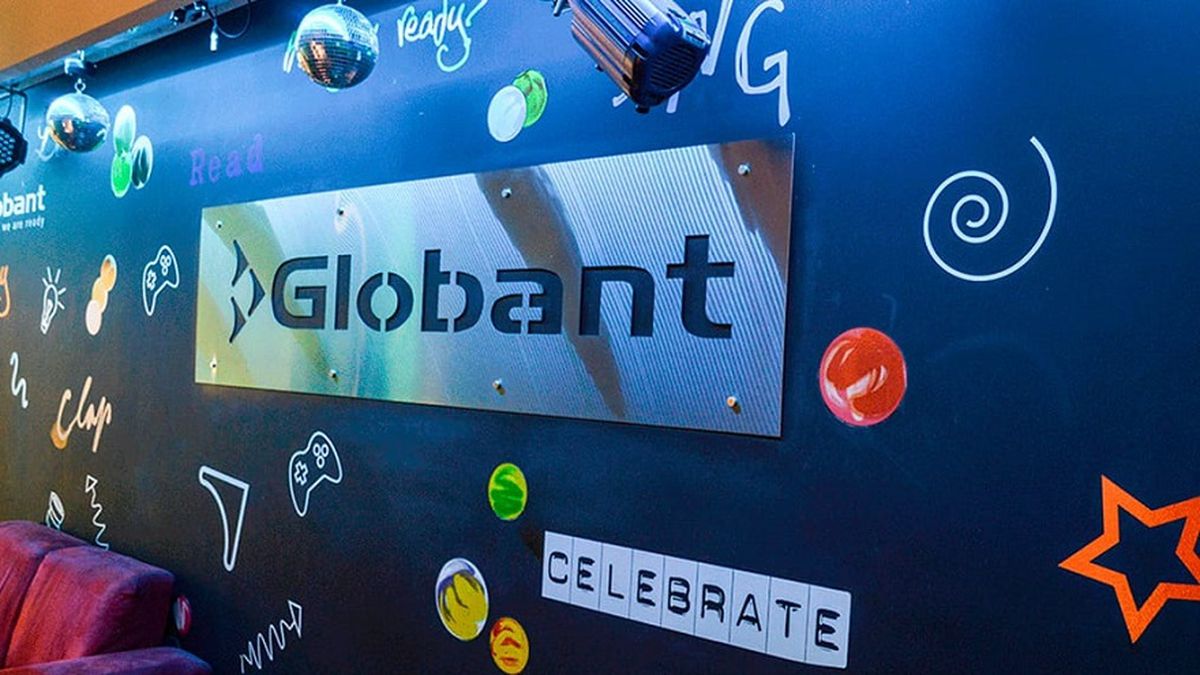With the integration of LLM and AI, GeneXus is at the forefront of a Low Code revolution, where sensory layers (text, video, audio, images), AI middleware and performance layers come together to create guided frictionless experiences. by the users.
* How does the AI assistant, Genexus Next, work?
GeneXus enters the software creation process with its AI assistant providing a common layer for easy understanding. GeneXus Next now allows the use of natural language as common input for each of the profiles. In essence, you can use natural language requirements to create complex business workflows or for data modeling, use rendered images to generate fully interactive user interfaces, or use audio instructions to evolve system functionality.
GeneXus Next will be available in the coming weeks exclusively by invitation, having to register to enter the waiting list.
“Globant has been at the forefront of the AI industry for the last decade,” said Martin Migoya, co-founder and CEO of Globant. “With GeneXus Next, we continue to revolutionize our industry, making it easier for companies to build digital products and reinvent their businesses for sustained growth.”
“In the past, GeneXus has used symbolic intelligence to create mission-critical systems with exceptional user experiences and quality. Now, the combination of symbolic models and large language models (LLMs) like GPT-3 will further speed up and simplify the development process, enabling companies to deliver value to end users, faster than ever before.” Nicolás Jodal, CEO of GeneXus, a Globant company.
Globant’s path with artificial intelligence began in 2015 with the presentation of its IA Studio. In 2018, Globant launched its AI Manifesto with a set of fundamental principles to encompass a common vision. Today, Globant implements AI internally in almost every operational process, from contracting to project assignment.
Source: Ambito




